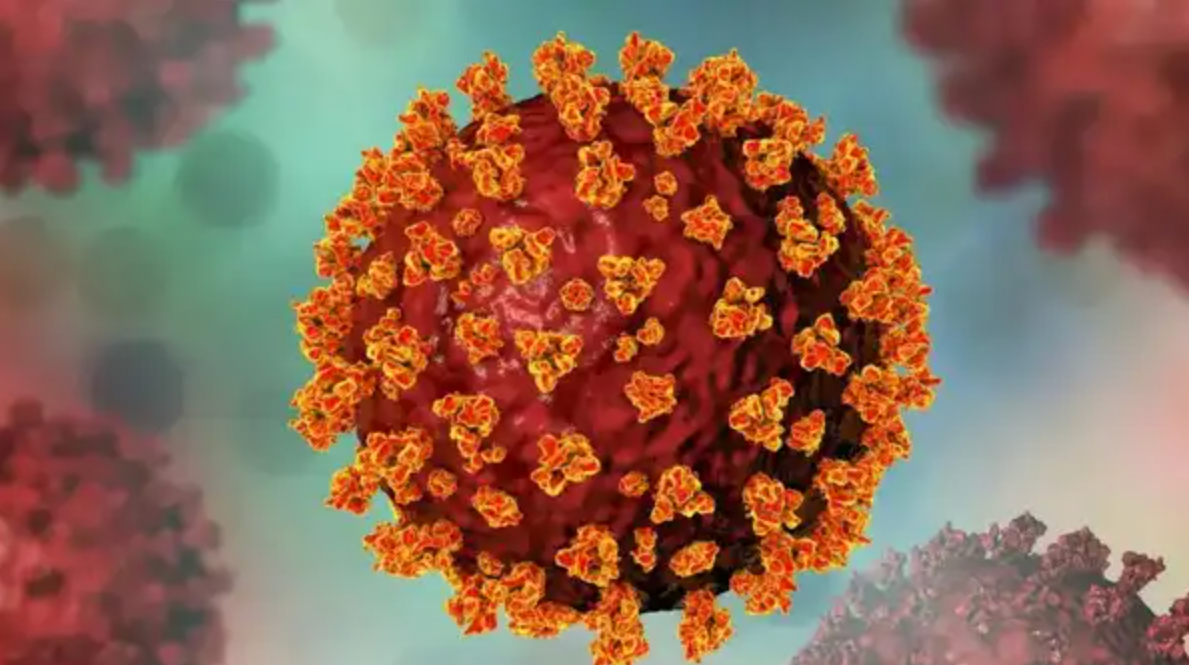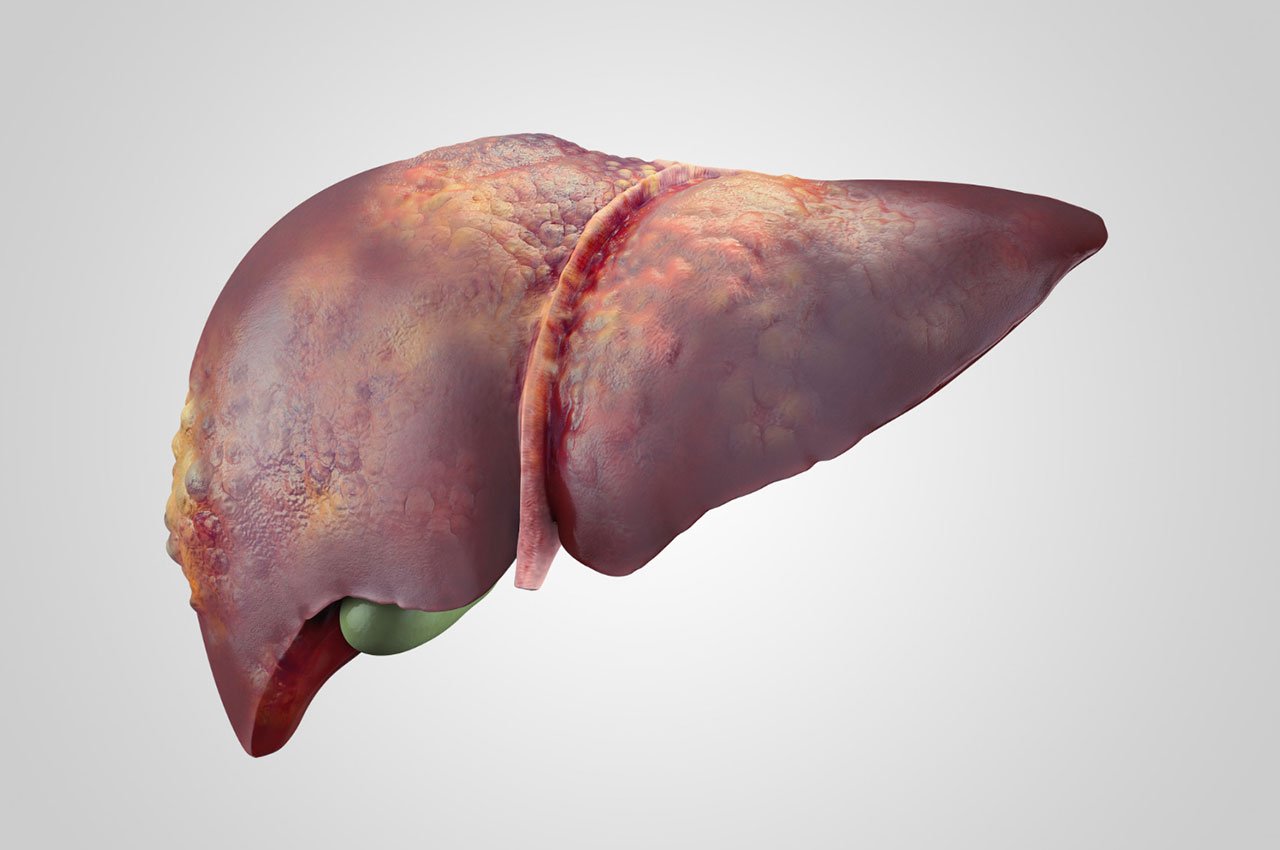Photo Credit: Times of India
As the world slowly tried to move past the shadow of the pandemic, a fresh jolt has arrived in the form of a new COVID-19 variant — NB.1.8.1. This latest Omicron subvariant is making headlines globally, with confirmed cases emerging in countries like China, the United States, India, Australia, Singapore, and Hong Kong. The variant is causing concern due to its rapid spread, although health authorities remain cautious and urge the public not to panic.
NB.1.8.1 Variant Origin and Global Spread
The NB.1.8.1 variant was initially flagged in China, where a sudden spike in COVID-19 hospitalizations — particularly among the elderly — raised alarm bells. The impact was significant enough to affect Hong Kong as well, which reported its highest number of emergency COVID-related admissions and ICU cases in over a year. This surge was followed closely by detections in New York City, California, Virginia, and Washington State in the US, with additional cases in Ohio, Hawaii, and Rhode Island.
In Australia, health departments in New South Wales and Western Australia have also reported a growing number of NB.1.8.1 cases, with rising test positivity rates prompting a closer review of public health measures.
NB.1.8.1 Cases in India: What’s Happening?
India, too, has not remained untouched. According to the Indian SARS-CoV-2 Genomics Consortium (INSACOG), the variant has made its way to Tamil Nadu, while another related variant — LF.7 — has been identified in Gujarat. While the number of NB.1.8.1 cases remains low in India for now, experts are keeping a close watch.
Doctors and virologists in India are currently advising calm. Preliminary reports suggest that the symptoms associated with NB.1.8.1 are mild, with patients reporting fever, fatigue, cough, sore throat, and headache — similar to other Omicron variants.
Should You Be Worried About NB.1.8.1?
Although this new variant is highly transmissible, experts — including those from the US Centers for Disease Control and Prevention (CDC) and Indian health agencies — are not seeing signs of increased severity. However, its fast spread is a concern, especially in regions with large vulnerable populations, such as senior citizens or those with comorbidities.
What makes NB.1.8.1 slightly tricky is its growth advantage. It seems to spread more efficiently than other circulating variants, meaning it could soon become dominant in certain regions if not monitored closely.
Vaccination and Public Health Measures
In the US and Europe, health authorities are re-evaluating vaccine strategies. New vaccine formulations targeting dominant subvariants like NB.1.8.1 may be introduced later in 2025. Some experts suggest that annual COVID boosters might be recommended only for high-risk groups going forward.
In the meantime, public health experts continue to stress the importance of basic precautions — wearing masks in crowded spaces, sanitizing hands, avoiding large gatherings, and getting tested when symptoms appear.




